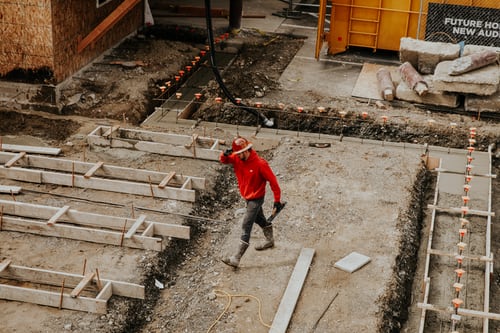It’s almost the end of the year, but still, some people are unfamiliar with what radon can bring to one’s health. To simplify everything, radon is an invisible, tasteless, and odorless gas that can cause lung cancer. The only way to find out if it exists in your home is through radon testing. You might have heard of short-term radon testing, but it is highly recommended to do long-term radon testing as well.
Short-Term vs. Long Term-Radon Testing
You’ll never know if your home is safe from radon unless you conduct a radon test. It is suggested that every homeowner consider it since there are areas in the United States with high radon levels. Even if you hire a licensed radon contractor, they recommend doing the radon testing first.
You can do the radon testing yourself, but if you have never tried it before and you want the results to be more accurate, it would be best to hire a radon professional from your state. Besides, it is ideal for engaging in a real estate transaction. With the radon test results, you can decide whether you want to install a radon mitigation system or not.
But what is the difference between short-term and long-term radon testing?
A short-term radon test allows you to measure radon levels for 2-7 days. It is a faster way to screen your home for radon. With this test, you can identify the existence of the cancer-causing gas, but deciding to install a radon mitigation system based only on short-term tests is not advised since radon fluctuates. A radon mitigation system is only recommended if you have consistent radon levels in your home.
On the other hand, a long-term test allows you to measure radon levels for a minimum of 90 days. Radon contractors recommend this because they can give you an estimate of your home’s annual average of radon. Long-term testing should include both heating and non-heating seasons when doing this test.
Guidelines for Radon Testing
Suppose you are doing the radon test; here are some guidelines that can help you:
- Always read the instructions that come along with your radon test kits. Make sure to fill out the information needed.
- You can do a short-term test any time of the year, but it would be best to do it during the heating season. You have to do them both in heating and non-heating seasons for long-term tests.
- Several factors, such as weather, can affect radon levels in the home. Make sure the weather is fine when doing the radon test.
- It is advised to do the radon test in the lowest level of your home, such as the basement. Make sure to place the test kit at least 20 inches above the floor. Keep it away from high humidity areas such as bathrooms, kitchens, and laundry rooms.
Radon is a dangerous gas, yet some people neglect it. If you want to be safe from its adverse effects, conducting short-term and long-term radon testing is crucial. With radon test, you can tell if your home has consistently high radon levels, helping you decide whether to install a radon mitigation system or not.








